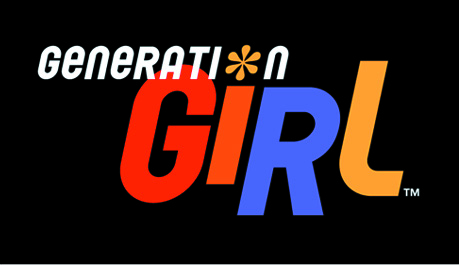Services User Interface Design, Art Direction, Digital Asset Implementation
Project Mission
Working with Mattel Media, my objective was to create digital gaming experiences for girls that authentically mimicked in-real-life (IRL) play patterns. This meant translating the tactile, imaginative, and social aspects of traditional toy play into engaging digital interfaces that felt natural and intuitive to young users.
Understanding the Audience
Girls approach play differently than digital natives might expect. They value:
Tactile experiences that feel real and responsive
Creative expression through customization and personalization
Social connection and sharing their creations
Bridging digital and physical worlds through tangible outcomes
My design approach centered on honoring these play preferences while leveraging digital capabilities to enhance rather than replace traditional play experiences.
Barbie Nail Designer: Digital-to-Physical Creative Experience
The Challenge: Create a digital nail art experience that captures the excitement of real salon play while providing tangible results girls could actually use.
My Solution: I designed an intuitive interface that positioned Barbie as the user's personal manicurist, creating an authentic salon experience. The design included:
Three distinct manicurist experiences offering variety and replayability
Custom nail polish creator allowing unlimited color mixing and experimentation
Beauty box storage system for organizing and revisiting favorite designs
Print-to-sticker functionality enabling girls to apply their digital creations to real nails
Impact on Audience Connection: This design successfully bridged the digital-physical divide by giving girls a way to take their digital creativity into the real world. The printing feature transformed screen time into tangible play outcomes, satisfying the desire for real-world application of digital creativity.
The Result: Girls could experience the full cycle of salon play—from creative design to physical application—making the digital experience feel like a natural extension of traditional beauty play patterns.
Barbie Generation Girl Gotta Groove: Three-Dimensional Doll Play Experience
The Challenge: Translate the three-dimensional, tactile experience of playing with physical Barbie dolls into a compelling digital interface that maintained the essence of doll play.
My Design Strategy: I created an interface that deliberately mimicked the physical experience of doll play by emphasizing:
Dress-up functionality that replicated the satisfaction of changing doll clothes
Performance play scenarios allowing girls to direct their dolls in various activities
Three-dimensional visual design that made digital dolls feel as real and manipulable as physical ones
Audience Connection Success: By prioritizing the core elements of doll play—styling, storytelling, and performance—the interface felt familiar and engaging to girls already comfortable with Barbie play patterns.
The Impact: The design successfully preserved the imaginative and nurturing aspects of doll play while expanding possibilities through digital interactivity, creating a seamless transition between physical and digital play experiences.
Magna Doodle: Simplicity Meets Familiarity
The Challenge: Design a digital interface for preschoolers that captured the simple joy and tactile satisfaction of the original Fisher-Price Magna Doodle toy.
My Approach: I prioritized extreme simplicity and visual familiarity by:
Replicating the original toy's visual design to create instant recognition and comfort
Simplifying user interactions to match preschool developmental abilities
Maintaining the toy's essential drawing experience while leveraging digital capabilities
Connecting with Young Users: Preschoolers needed an interface that felt immediately familiar and required minimal learning curve. By closely mimicking the beloved physical toy, I created digital comfort through visual and functional familiarity.
The Outcome: The interface successfully bridged the physical-digital gap for the youngest users, proving that effective digital design for children often means honoring rather than revolutionizing beloved play patterns.
Strategic Design Philosophy: Honoring Real Play
Throughout these projects, I discovered that successful digital games for girls required deep understanding of how they naturally play:
Translating Physical Sensations: Each interface incorporated visual and interactive elements that suggested tactile experiences—from the satisfying color mixing in Nail Designer to the three-dimensional feel of Generation Girl dolls.
Preserving Social Elements: Even in single-player experiences, I designed features that encouraged sharing and showing off creations, honoring the social nature of girls' play.
Respecting Developmental Needs: Each project was calibrated to match its audience's developmental stage, from preschool simplicity in Magna Doodle to more complex creative tools in Barbie games.
Creating Tangible Outcomes: The most successful features were those that extended beyond the screen—like printable nail stickers—proving that the best digital play experiences enhance rather than replace real-world activities.
Measurable Impact
These projects demonstrated that when digital games authentically mimic IRL play patterns, they:
Increase engagement by feeling familiar and intuitive
Extend play value by connecting digital and physical experiences
Build brand loyalty by honoring what girls already love about traditional toys
Create meaningful screen time that enhances rather than replaces real-world play
This work with Mattel Media reinforced my belief that the most effective digital experiences for children are those that understand, respect, and enhance the natural patterns of how they play.







